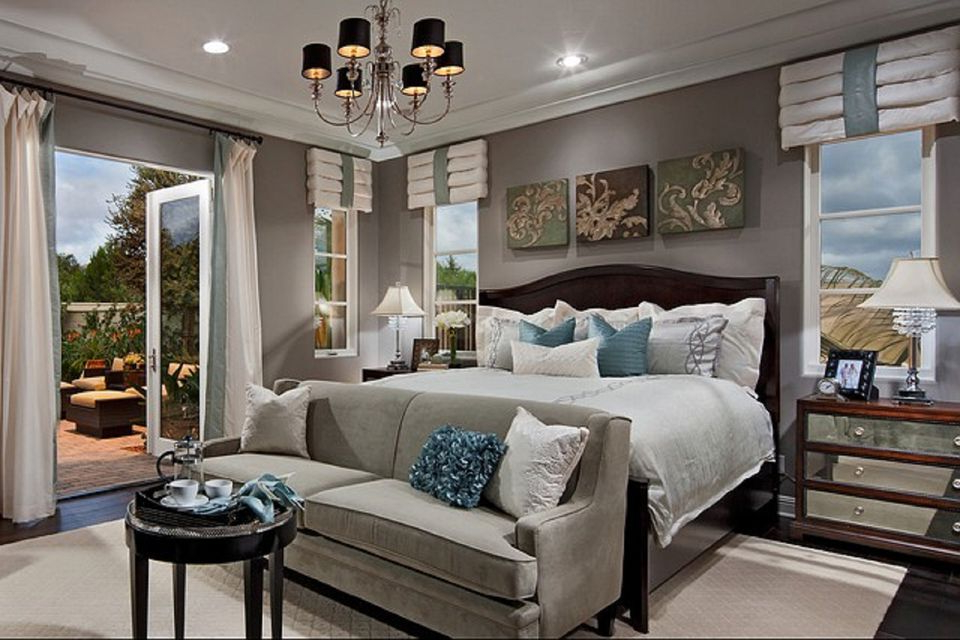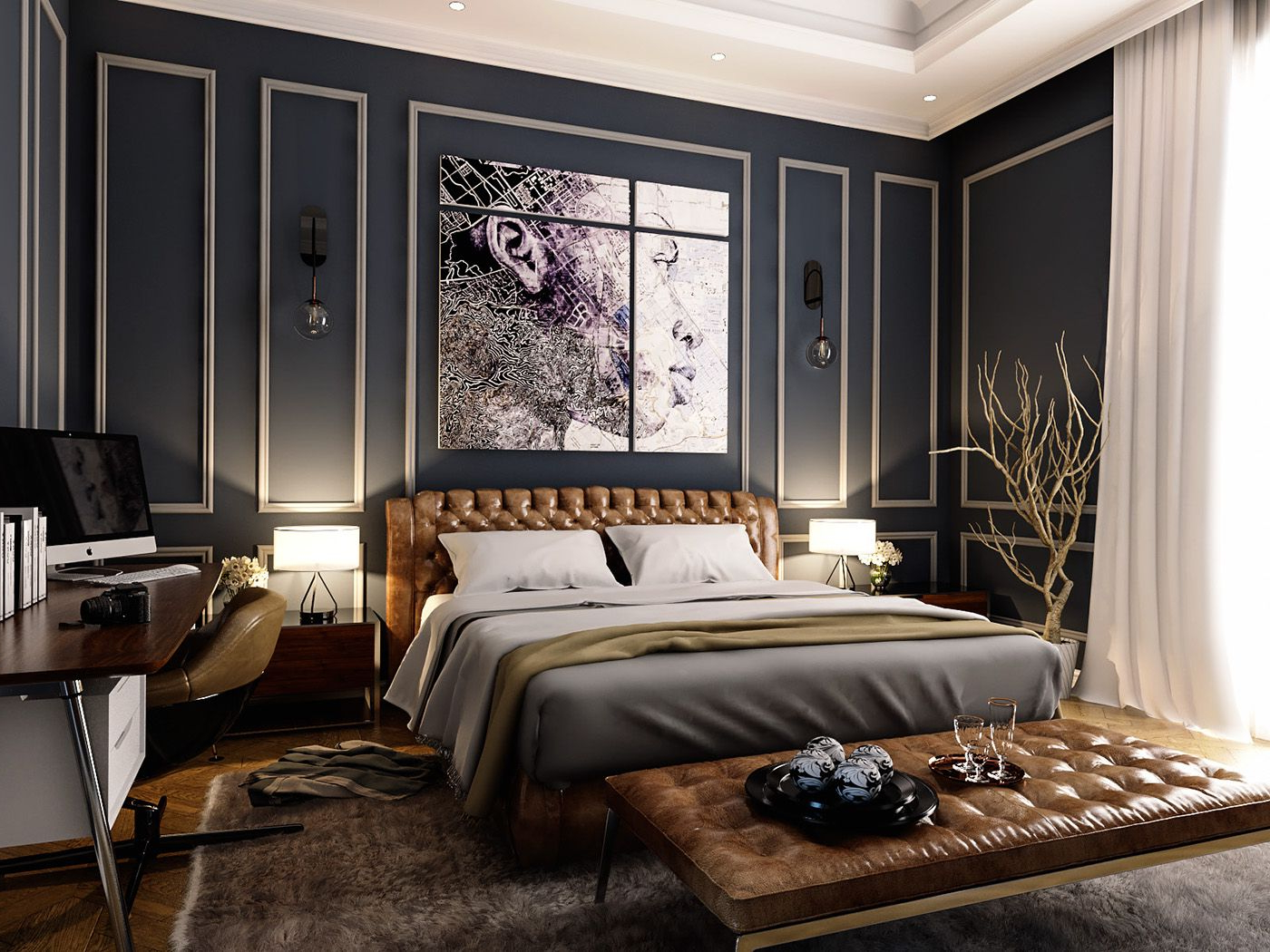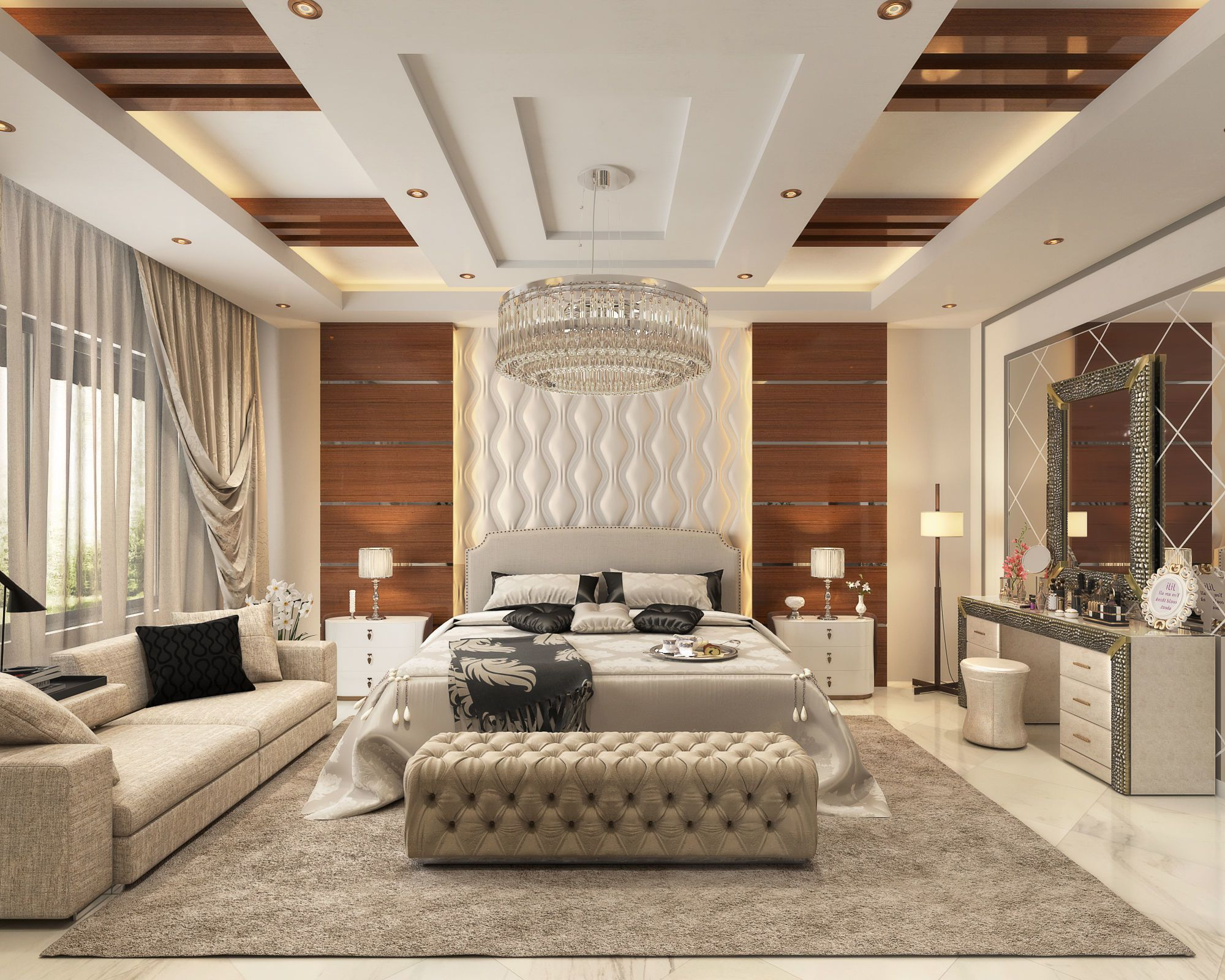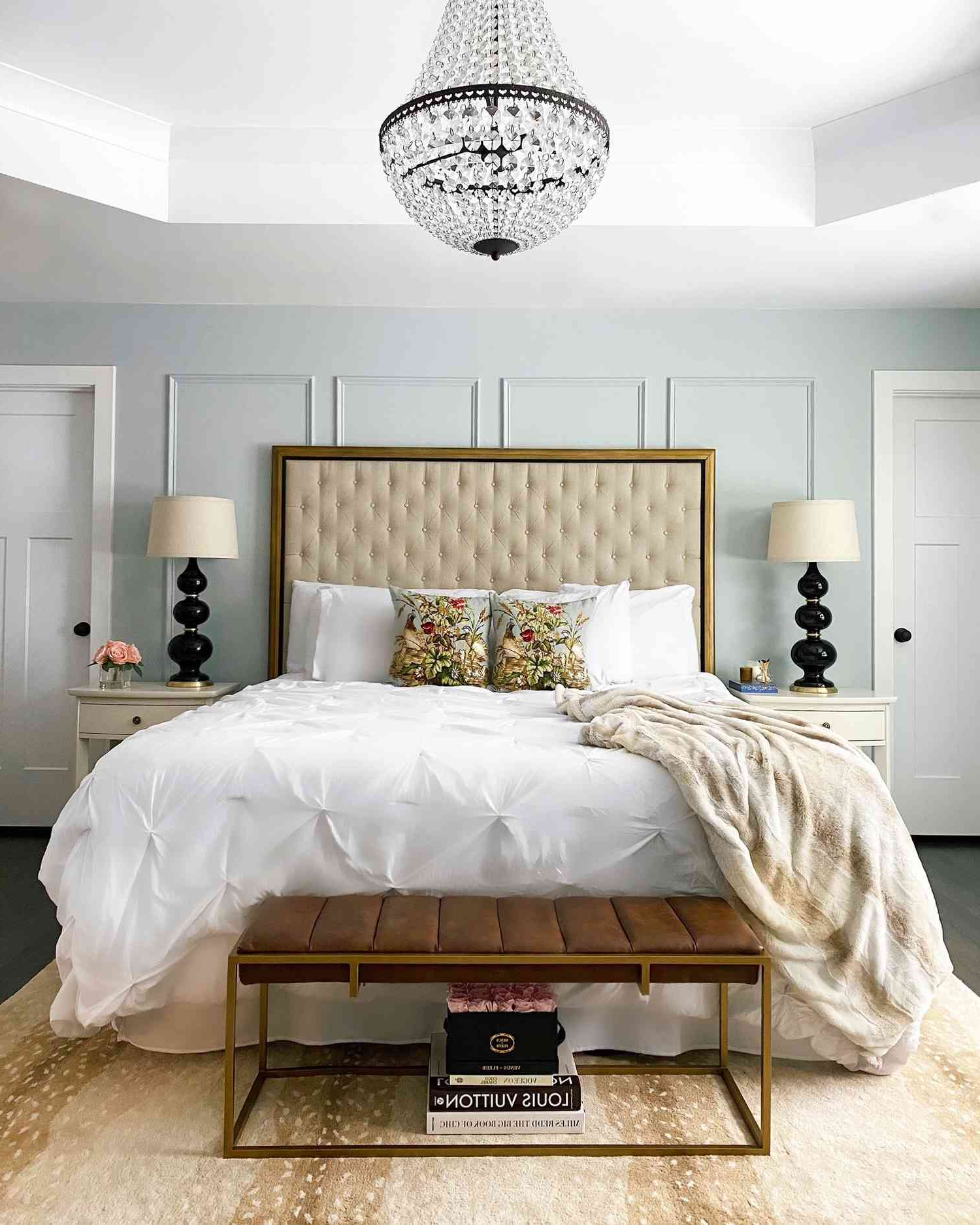It’s a sanctuary that shapes your thoughts, emotions, and daily rhythms. Every color choice, furniture arrangement, and lighting decision carries psychological weight. What you see when you wake up and what you see before you drift off to sleep isn’t just aesthetic—it’s deeply connected to your brain’s ability to recharge and reset.
Think about the last time you walked into a room and instantly felt calm, energized, or overwhelmed. That reaction isn’t random. It’s your subconscious mind responding to visual cues, spatial arrangements, and environmental factors. In the bedroom, where we spend roughly one-third of our lives, these responses become even more powerful. This space isn’t just about comfort—it’s about creating a mental environment that supports healing, rest, and personal growth. Whether you’re redesigning your entire space or just rearranging a few pieces, understanding the psychological impact of each element can transform how you feel every day.
Color Psychology: How Shades Shape Your Mood
Colors aren’t just pretty—they’re emotional triggers. Warm tones like soft oranges and yellows can make a space feel cozy and welcoming, while cool blues and greens tend to promote relaxation and tranquility. But it’s not just about liking a color—it’s about how your brain processes it. For example, red might energize some people, but it can also increase heart rate and blood pressure. That’s why bedrooms often lean toward calming hues like light blues, soft lavenders, or neutral grays. These colors don’t demand attention, allowing your mind to settle. Consider experimenting with accent walls in deeper shades that you can change seasonally, but keep your primary palette soothing. Sometimes a subtle shift in color can completely change how a room feels—and how you feel when you’re in it.
Lighting: The Foundation of Emotional Space
Lighting sets the stage for everything else in your bedroom. Natural light during the day helps regulate your circadian rhythm, but what happens after the sun goes down? Dim, warm lighting creates a transition zone between your active day and restful night. Many people overlook the importance of layered lighting—ambient, task, and accent lights all work together to support different activities. For instance, a bedside lamp with adjustable brightness allows you to read without harsh glare, while dimmer switches give you control over mood. Smart lighting systems can even mimic sunrise and sunset patterns to help you wake up naturally and fall asleep more easily. The right lighting doesn’t just illuminate your space; it tells your brain when it’s time to be alert and when it’s time to relax.
Furniture Placement: Creating Flow and Safety
Where you place your bed matters more than you might think. The way furniture is arranged affects not only how a room looks but also how safe and secure you feel. Traditionally, placing your bed against a solid wall provides a sense of stability and protection. This positioning gives you a clear view of the entrance, which can boost feelings of safety. But it’s not just about security—flow matters too. Make sure there’s enough space around your bed to move freely without bumping into anything. Cluttered spaces create stress, and a well-organized bedroom promotes mental clarity. When arranging furniture, consider the energy flow. You want to avoid sharp corners pointing toward your sleeping area, as these can create a feeling of unease. Instead, round edges and gentle curves often contribute to a more peaceful atmosphere.
Personal Items and Memory Triggers
What you choose to display in your bedroom speaks volumes about your identity and values. Photos, artwork, and objects that hold meaning can provide comfort and a sense of connection to your past. However, too many items can overwhelm the senses. Think about what brings you joy versus what creates distraction. A small collection of meaningful books, a favorite plant, or a piece of jewelry that reminds you of someone special can enhance your emotional well-being. But if you find yourself constantly checking your phone or getting distracted by clutter, it might be time to simplify. The key is intentionality—every item should serve a purpose in your life or add to your peace of mind. Some people benefit from having a designated spot for their worries, like a journal or a small box, to keep those thoughts from lingering in their sleep space.
Texture and Material Choices: Sensory Experience Matters
Your bedroom is more than just a visual composition it’s a full sensory experience that engages touch, sound, and even emotion. Every texture, fabric, and surface you choose plays a role in shaping how the space feels and how your body responds within it. Soft, breathable materials like cotton and linen not only create warmth and comfort but also encourage a sense of calm that helps you ease into rest. Layering these with textured accents such as woven baskets, knitted throws, or rattan details introduces subtle depth, giving your bedroom a cozy and inviting character. These tactile elements can have a grounding effect, gently reminding you that your bedroom is a space of safety and connection.
Even the sounds within your bedroom matter natural fibers absorb noise, reducing echo and creating a quieter, more peaceful atmosphere. A plush rug underfoot softens footsteps and makes waking up in the morning feel nurturing rather than abrupt. Choosing natural materials like bamboo, cork, or reclaimed wood not only adds organic beauty but also promotes a sense of sustainability and balance, subtly reinforcing your connection to nature. The combination of these sensory details can transform your bedroom from a simple sleeping area into a restorative retreat. While these may seem like small choices, they work together to create harmony a space where your senses feel soothed, your mind finds ease, and your body naturally prepares for rest.
Storage Solutions: Keeping Chaos at Bay
A clean bedroom promotes a clean mind. Effective storage solutions don’t just organize your belongings—they reduce anxiety and create a sense of control. The idea of having everything in its place makes the room feel more manageable and less chaotic. This is especially important for people who struggle with clutter-related stress. Consider hidden storage options like under-bed containers or built-in shelving that keeps things out of sight but easily accessible. When you know where everything belongs, you’re less likely to feel overwhelmed or stressed. Plus, having fewer visible items means less visual stimulation, which can help you wind down more effectively. Storage isn’t just about hiding things—it’s about creating intentional spaces that support your daily routines and promote better sleep.
Your bedroom is more than just furniture and decor—it’s a reflection of your inner world and a foundation for your mental and physical health. By paying attention to how colors, lighting, layout, and personal touches affect your mood and well-being, you can create a space that truly supports your needs. The best designs aren’t necessarily the most expensive or trendy—they’re the ones that align with how you want to feel. Whether you’re starting fresh or making small adjustments, remember that every thoughtful choice contributes to a better night’s sleep and a more balanced life. Let your bedroom be a place where you can truly recharge and grow.















